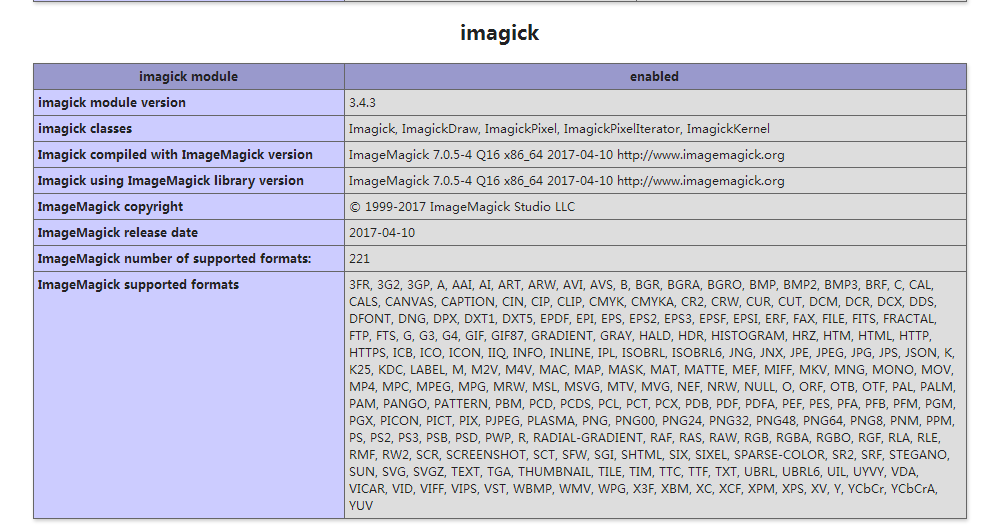——> -128~127之间的特殊性。为什么要这样设计,好处?
——> 享元模式(Flyweight Pattern):享元模式的特点是,复用我们内存中已存在的对象,降低系统创建对象实例。
自动装箱:
Integer num1 = 12;
自动拆箱:
System.out.println(num1 + 12);
基本数据类型的对象缓存:
Integer num1 = 12;
Integer num2 = 12;
System.out.println(num1 == num2);
Integer num3 = 129;
Integer num4 = 129;
System.out.println(num3 == num4);//false
Integer num5 = Integer.valueOf(12);
Integer num6 = Integer.valueOf(12);
System.out.println(num5 == num6);//false
我的总结:对于享元模式,将最常用的封装以便于我们可以复用!












